Lake Titicaca, South America’s largest – and the world’s highest commercially navigable – freshwater lake, straddles the modern border between Peru and Bolivia at 3,812 meters above sea level. According to Inca origin myths recorded by Spanish priests in the 16th and 17th centuries, the creator god Viracocha caused the sun and the moon to come forth from this lake. The Incas’ reverence for it, and especially its rocky Island of the Sun, has long been known, but over the past few decades archaeologists have begun to reveal a deeper history to lakeside ritual practices – including a new study presenting evidence of offerings dating back centuries before the rise of the Inca Empire.
Underwater excavations on the Khoa Reef, part of an archipelago of small islands north-west of the Island of the Sun, have yielded remains of ritual offerings associated with the Tiwanaku, a culture that thrived between the 5th and 12th centuries AD and is now thought to be one of the earliest state-level societies in the Andes. The remains of its capital, also called Tiwanaku, are located some 20 km south-east of the lake. The site was celebrated in the 19th century as the cradle of American civilisation; particular attention was paid to its monumental architecture, including the famed Gateway of the Sun, graced with fine stone carvings of supernatural figures. The Khoa Reef finds, recently reported by the international archaeological team of Christophe Delaere, José M. Capriles, and Charles Stanish, include ceramic incense burners with projecting modelled feline heads, gold ornaments, a turquoise pendant, a lapis lazuli puma figurine, and the remains of llama sacrifices.
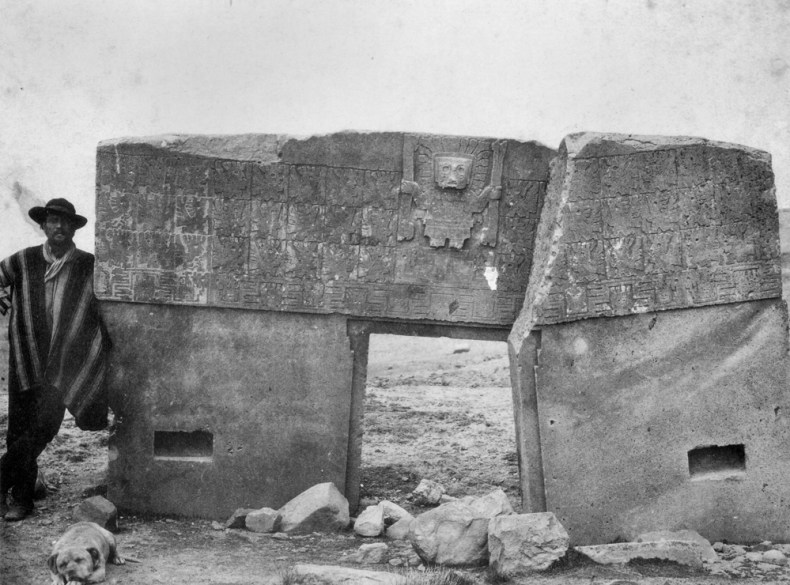
The geologist Alphons Stübel at the Gateway of the Sun, Tiwanaku, in modern-day Bolivia (photo: Georges B. Von Grumbkow, 1877). Museo de Arte de Lima, Colección MALI
Somewhat overlooked in the press coverage of the finds are what the Tiwanaku themselves likely considered to be the most valuable objects of all: small figurines made of a reddish-orange shell, and a single valve of the same shell. This shell is Spondylus, commonly known as the thorny oyster because of its spiney exterior. In the 1570s, the Spanish royal cosmographer Pedro Sarmiento de Gamboa wrote, with some surprise, that the Incas esteemed this red shell more than gold or silver. This spiky oceanic creature is normally found in the warm tropical waters off the coast of Ecuador and points farther north, far from the chilly waters of Lake Titicaca.
In the ancient Andes, Spondylus was considered a food of the gods and it served a number of ritual purposes. Closely associated with water, abundance, and fertility, Spondylus have been found as offerings in burials, in wells, and in agricultural fields, either as whole valves, or worked into small figures, such as the figurine in the shape of a llama or alpaca found in the Khoa Reef cache. Spondylus shells were also fashioned into tiny beads from which spectacular pectorals were made. Individuals who had the privilege of wearing such ornaments did so to manifest their control over resources – both their ability to import such a rare and costly material, but also to employ the skilled labourers needed to craft such works – and their position as a nexus between earthly and supernatural powers.
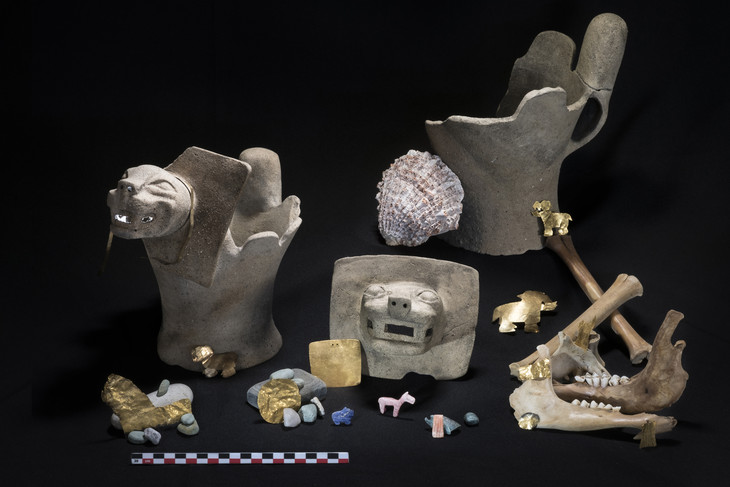
Ritual offerings (ceramic feline incense burners; sacrificed juvenile llamas; gold, shell and stone ornaments) found at Lake Titicaca. Photo: Teddy Seguin
The Incas called Spondylus shells the ‘daughters of the sea, mother of all waters’, and offerings and ornaments made of it were intimately tied to rituals designed to control the flow of water. In a landscape that has known the devastating consequences of both El Niño-related flooding and crippling droughts, such objects were about coming to terms with the power of nature. The authors of the Khoa Reef study argue that the finds reflect the codification of ritual practice as a fundamental part of archaic state formation. At its core, their argument is that the Tiwanaku state grew more through cooperation than through military might.
A millennium after these offerings were made to the waters of Lake Titicaca, this majestic body of water now faces severe challenges of its own. Shifting climate patterns, diversion and contamination of the lake’s water, and other factors threaten the ability of the lake to sustain local populations. Ancient Andean states ran on a belief in reciprocity – reciprocal relationships between individuals and collective bodies, but also reciprocal relationships between humans and the natural world, as suggested by the Khoa Reef offerings. Restoring the balance of the lake may no longer require shell offerings, but it will certainly require cooperation of modern states.
Joanne Pillsbury is Curator of Ancient American Art at the Metropolitan Museum of Art, New York.
Unlimited access from just $16 every 3 months
Subscribe to get unlimited and exclusive access to the top art stories, interviews and exhibition reviews.

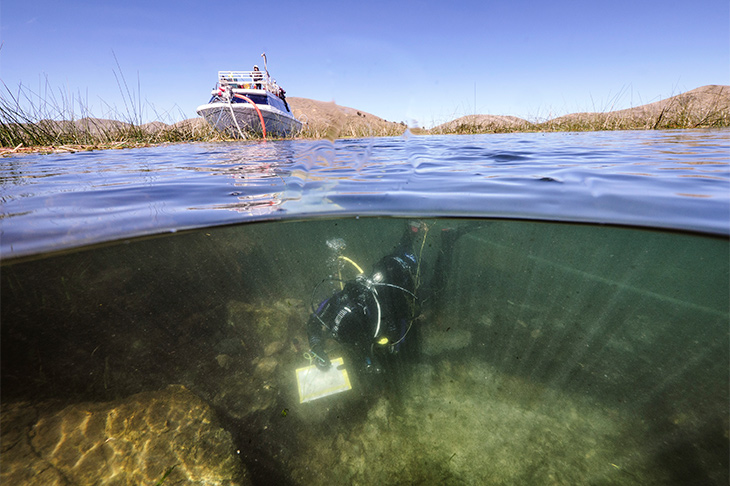
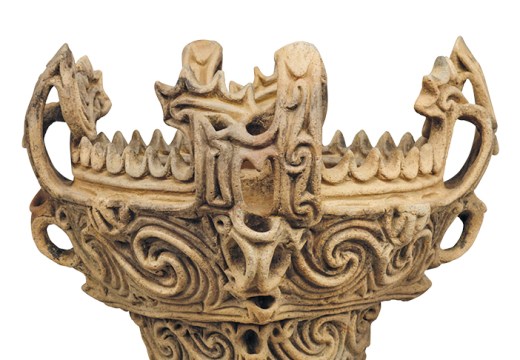
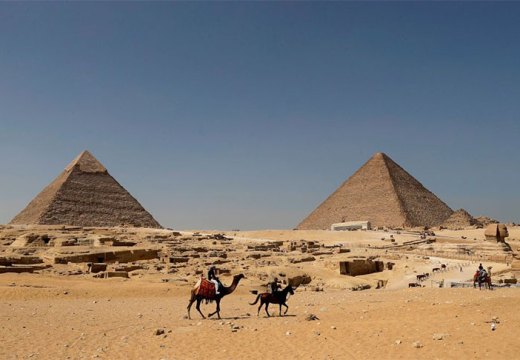
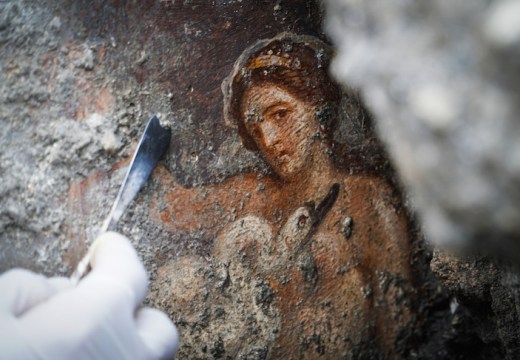









![Masterpiece [Re]discovery 2022. Photo: Ben Fisher Photography, courtesy of Masterpiece London](http://www.apollo-magazine.com/wp-content/uploads/2022/07/MPL2022_4263.jpg)
It’s time for the government of London to return to its rightful home